When someone learns I write a car column and drive a different car every week, they usually make a sarcastic remark about the tough life I live or ask me where they can find a job like that.
My response varies according to my mood, but I never deny that this can be a sweet gig.
Except for one big negative: I generally have to wait a couple of years or longer to drive my favorite vehicles a second time.
It’s a real treat when that cycle is broken, as was the case recently when Suzuki’s new Kizashi (pronounced kee-zah-shee) sedan and Volkswagen’s Tiguan (pronounced tig-wahn) arrived for evaluation on back-to-back weeks.
The two vehicles have more in common than possessing unusual names. They both rank among my favorite current vehicles in their respective classes, midsize sedans and compact crossovers.
Besides providing a second chance to enjoy two terrific vehicles, the second coming of Kizashi and Tiguan gave me an opportunity to test versions I hadn’t driven before.
In Kizashi’s case, my first test vehicle was a GTS with six-speed manual transmission and front-wheel drive. This time around, Suzuki provided an all-wheel drive SE with a Continuously Variable automatic Transmission (CVT).
The SE ranks a notch below the GTS in Kizashi’s four-model lineup, but its sticker price was $125 higher ($23,004 versus $22,879) than the GTS I tested a few months back. That’s because all-wheel drive adds about $1,250 to the Kizashi SE’s $21,499 starting price.
All-wheel drive is available only on Kizashis equipped with an automatic, which costs $1,100 on most trim levels. But the CVT is standard equipment on the SE.
I was so impressed with the manual gearbox on the first Kizashi test vehicle that I wrote: “its six-speed manual transmission seemed so well suited to the car’s personality that I’m not sure I’d want an automatic in my Kizashi. The manual gearbox helped me get the most out of the Kizashi’s 185-horsepower, four-cylinder engine.”
But now, after driving the automatic-equipped Kizashi, I’m not sure which transmission I’d choose. The CVT isn’t as much fun as the manual, but it’s more efficient.
Automatic-equipped Kizashis get better EPA mileage ratings than manual models. For example, the manual-equipped front-wheel drive I tested a few months ago was rated at 20 city/29 highway compared with the AWD CVT’s 22 city/29 highway rating.
All-wheel drive usually adds weight and drivetrain resistance to a vehicle, but Suzuki seems to have solved at least part of the problem. Although it adds 250 pounds, Suzuki’s AWD system is one of the least obtrusive I’ve tested. I never noticed any of the driveline drag or binding some other AWD vehicles exhibit on clean, dry, paved roads.
Generally good weather and road conditions prevented me from fully testing its capabilities, but a brief, heavy downpour suggested that the AWD Kizashi is very surefooted.
With an MSRP of $23,004, it also seems like a steal considering everything else Suzuki’s stylish sedan has going for it.
Volkswagen’s compact crossover Tiguan also has a lot going for it. Namely, it’s one of the most refined affordable crossovers on the market, with a starting price of $23,200 for a turbocharged Tiguan S with a manual transmission.
It costs $1,100 more for a Tiguan S with a six-speed automatic transmission such as the one I recently tested. That still put its sticker price thousands below the top-of-the-line, $34,000 AWD version I tested the last time I drove a Tiguan.
That was nearly a year ago, during which time I’ve probably lost a few million brain cells. But unless they were all memory cells, the entry level Tiguan is every bit as polished, refined and solid as the top-of-the-line model I tested last year.
It took just a few minutes behind the wheel to remind me what a great crossover this is. I noted in my last review that its firm suspension makes Volkeswagen’s offering less cushy riding than some competitors, but it also makes the Tiguan “probably the best handling compact crossover I’ve driven.”
I also wrote that it “simply claws at the asphalt and does its bidding with hardly a trace of tire squeal or body lean,” and said the Tiguan feels and behaves like a sport touring sedan.
If anything, the front-wheel drive Tiguan felt even sportier. I’m not sure why, but perhaps it’s because it weighs 200 pounds less than its AWD counterpart. That might make it feel more nimble despite having the same surprisingly wide, 39.4-foot turning circle and only being one-tenth of a second quicker from zero to 60 mph.
Regardless, the front-wheel drive Tiguan is a joy to drive. My joy was only slightly diminished while trying to fill it with dozens of emptied cardboard boxes bound for the recycle bin. Volkswagen’s stats suggest that the Tiguan’s cargo space measures up to most competitors, but it didn’t seem that way to me.
It also lacks the third-row seating option offered by a few competitors.
Nevertheless, I’d probably make the Tiguan my vehicle of choice if I were in the market for a compact crossover. That’s because it delivers unsurpassed refinement and reasonable versatility in a package that’s as enjoyable to drive as a sport touring sedan.
Scott Wasser is executive editor of MaineToday Media. He writes a weekly auto column for the Sunday Telegram and other newspapers. He can be reached at
swasser@pressherald.com.
Send questions/comments to the editors.

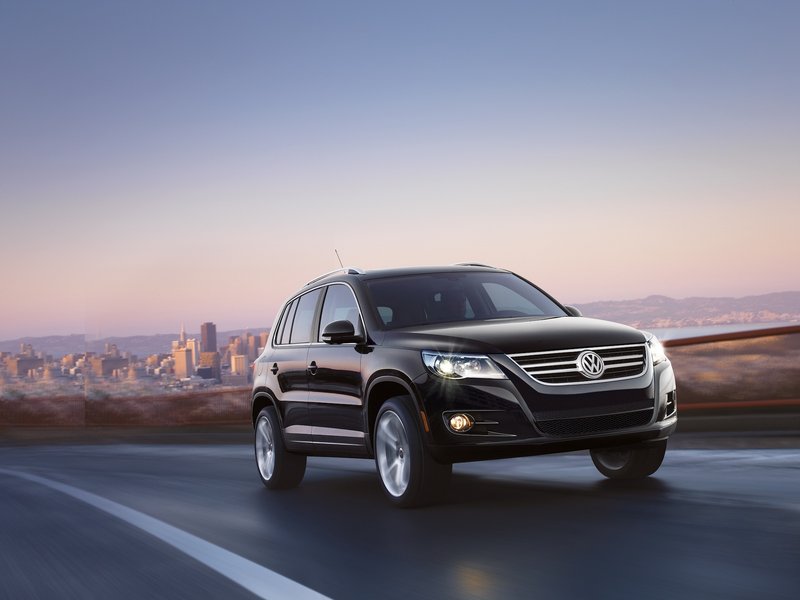
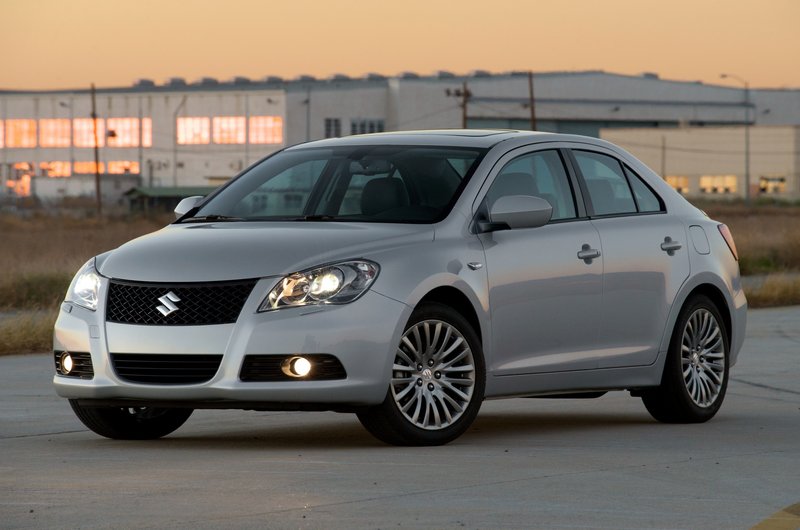
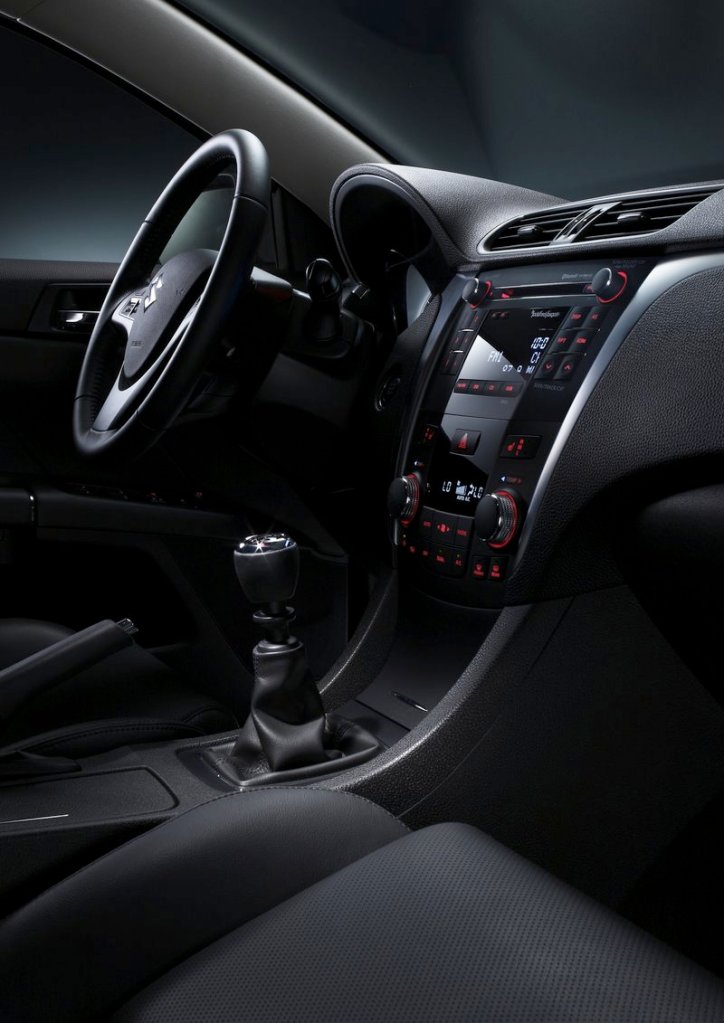
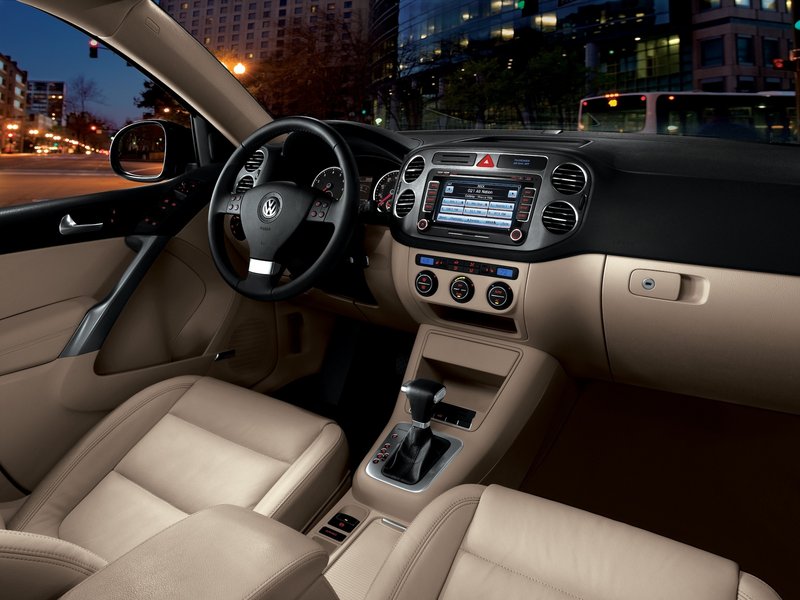
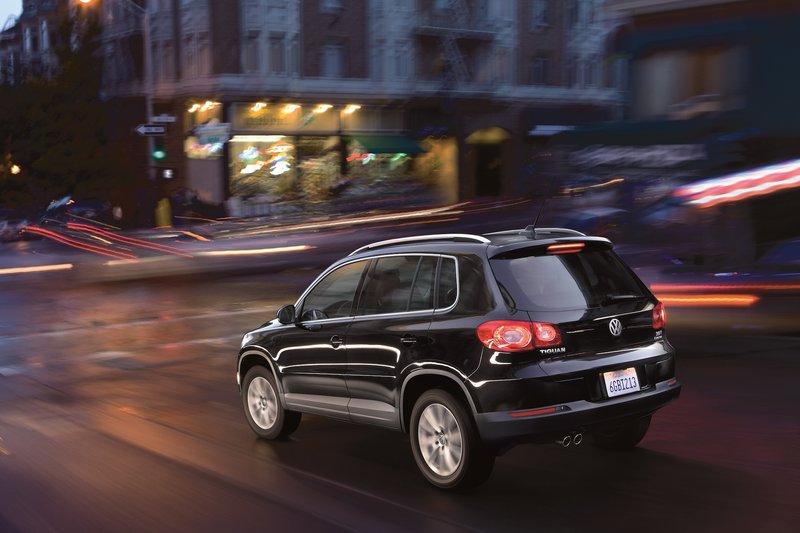

Success. Please wait for the page to reload. If the page does not reload within 5 seconds, please refresh the page.
Enter your email and password to access comments.
Hi, to comment on stories you must . This profile is in addition to your subscription and website login.
Already have a commenting profile? .
Invalid username/password.
Please check your email to confirm and complete your registration.
Only subscribers are eligible to post comments. Please subscribe or login first for digital access. Here’s why.
Use the form below to reset your password. When you've submitted your account email, we will send an email with a reset code.